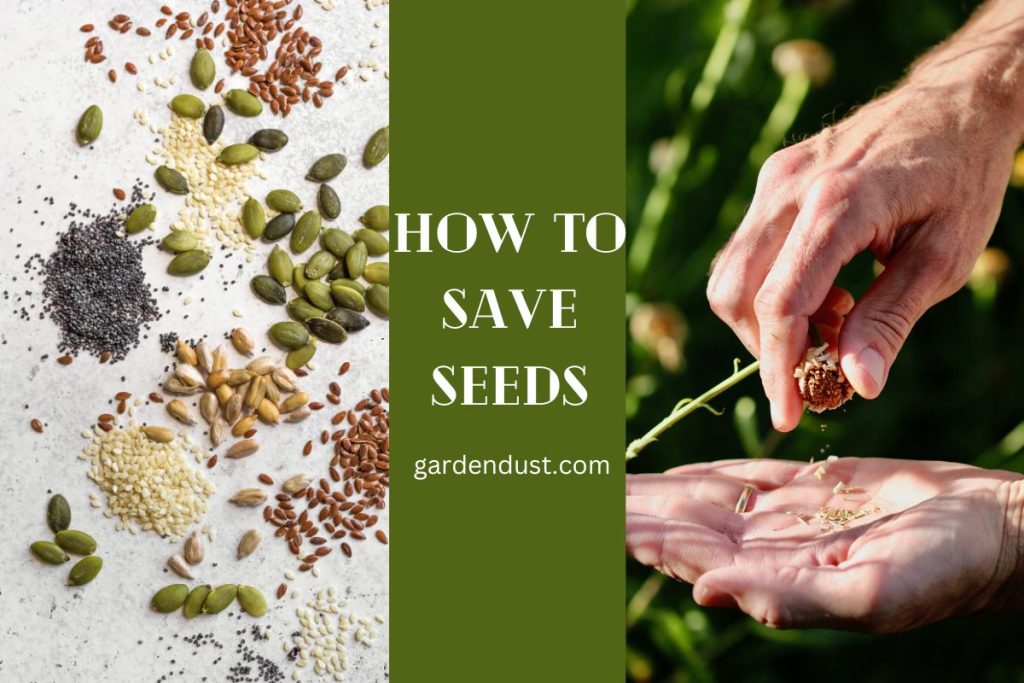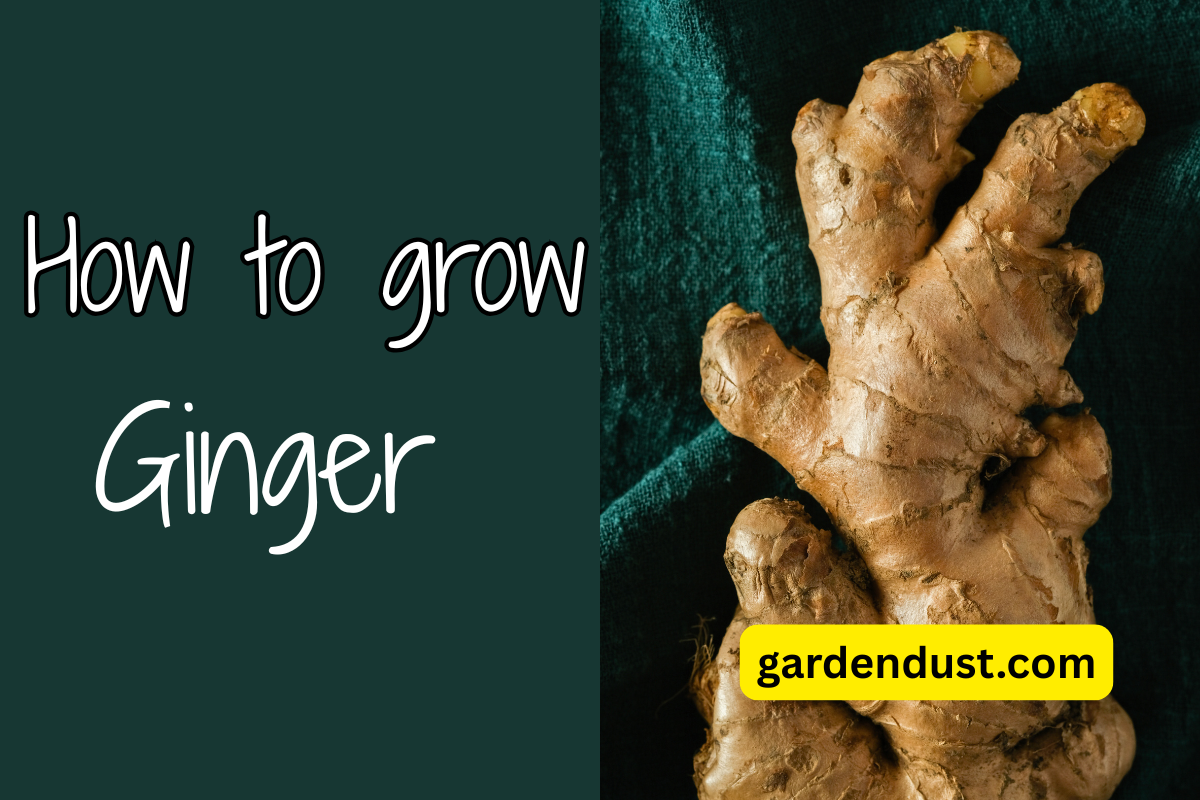In the realm of sustainable gardening, saving seeds is a fundamental practice that not only preserves plant varieties but also empowers gardeners to cultivate resilient, locally adapted crops. By saving seeds, you contribute to biodiversity, reduce dependence on commercial seed sources, and ensure the continuity of heirloom and open-pollinated plant varieties. This comprehensive guide will walk you through the process of how to save seeds, providing detailed insights into seed selection, harvesting, processing, and storage. Let’s start…
Selecting the Right Seeds:
Before diving into seed saving, it’s crucial to choose the right seeds. Opt for open-pollinated or heirloom varieties, as these seeds will produce offspring with similar characteristics to the parent plant. Avoid hybrid seeds, as they may not result in plants with desired traits.
Understanding Plant Families and Cross-Pollination:
Different plants belong to specific families, and understanding these families is crucial for successful seed saving. Cross-pollination can occur between plants of the same family, leading to seeds with unpredictable traits. To avoid this, isolate plants or use physical barriers like row covers to prevent unwanted cross-pollination.
Timing the Harvest:
Timing is critical when it comes to seed saving. Harvest seeds when they are mature but before they drop naturally from the plant. For vegetables, wait until the fruit is fully mature and the seeds inside have developed. Flowers should be left on the plant until they produce mature seeds. A general rule is to harvest seeds when the plant has completed its life cycle.
Harvesting Techniques:
Different plants require specific harvesting techniques for optimal seed collection:
a. Dry Seeds (Beans, Lettuce, etc.): Allow the seeds to dry on the plant before harvesting. Once dry, collect them in a paper bag or a container to prevent mold.
b. Wet Seeds (Tomatoes, Cucumbers, etc.): Scoop out the seeds along with the surrounding pulp and place them in a container. Ferment the mixture for a few days, stirring occasionally, to break down the gelatinous coating. Rinse and dry the seeds before storage.
c. Seed Heads (Lettuce, Basil, etc.): Cut the entire seed head when it turns brown and place it upside down in a bag. Shake or rub the bag to release the seeds.
d. Root Crops (Carrots, Beets, etc.): Allow the plant to bolt and produce flowers. Harvest the seeds when the seed heads are dry and brown.
READ ALSO:-10 Tips -Protect Your Plant From Heat Wave- Gardening Care
Processing and Cleaning Seeds:
Once harvested, seeds need proper processing to remove debris and ensure their viability. Follow these steps:
a. Dry Seeds: Spread seeds on a flat surface in a well-ventilated area to dry thoroughly. Stir or shuffle the seeds regularly to promote even drying.
b. Remove Chaff: Winnowing is a traditional method to separate seeds from chaff. Hold the seeds at a height and let the wind carry away lighter debris. For smaller quantities, use a fine mesh sieve or a fan.
c. Screening: Use screens with different mesh sizes to separate seeds of various sizes. This helps to obtain clean, uniform seeds.
d. Hand Cleaning: For larger seeds, like beans, use your hands to rub and separate seeds from the surrounding material.
Testing Seed Viability:
Before storing seeds, it’s wise to test their viability to ensure successful germination. Place a few seeds on a damp paper towel, seal it in a plastic bag, and keep it in a warm place. Check for germination after a week. If a high percentage of seeds sprout, they are viable for planting.
Proper Storage Techniques:
Maintaining the viability of seeds requires proper storage conditions. Follow these guidelines:
a. Cool and Dark: Store seeds in a cool, dark place to prevent premature aging. A temperature between 32°F (0°C) and 41°F (5°C) is ideal for most seeds.
b. Dry Environment: Keep seeds in a dry environment to prevent mold and decay. A low humidity level is essential for long-term storage.
c. Air-Tight Containers: Use air-tight containers or glass jars to protect seeds from moisture and pests. Add a desiccant like silica gel to absorb any residual moisture.
d. Labeling: Clearly label each container with the seed variety, date of harvest, and any additional information that may be helpful. This ensures easy identification and tracking.
e. Freezing: Some seeds benefit from freezing for extended storage. Place seeds in a sealed container and freeze them for a few days before transferring to a cool, dark storage location.
Maintaining Genetic Diversity:
To preserve the genetic diversity of your plants, avoid saving seeds from only a few individuals. Instead, collect seeds from multiple healthy plants to ensure a broad genetic base.
Seed saving is a skill that not only enriches your gardening experience but also contributes to the global movement towards sustainable agriculture. By selecting the right seeds, understanding plant families, timing your harvests, and following proper processing and storage techniques, you can become a steward of biodiversity in your garden. Embrace the art of seed saving, and watch as your garden becomes a living testament to the beauty and resilience of nature. Happy Gardening…







